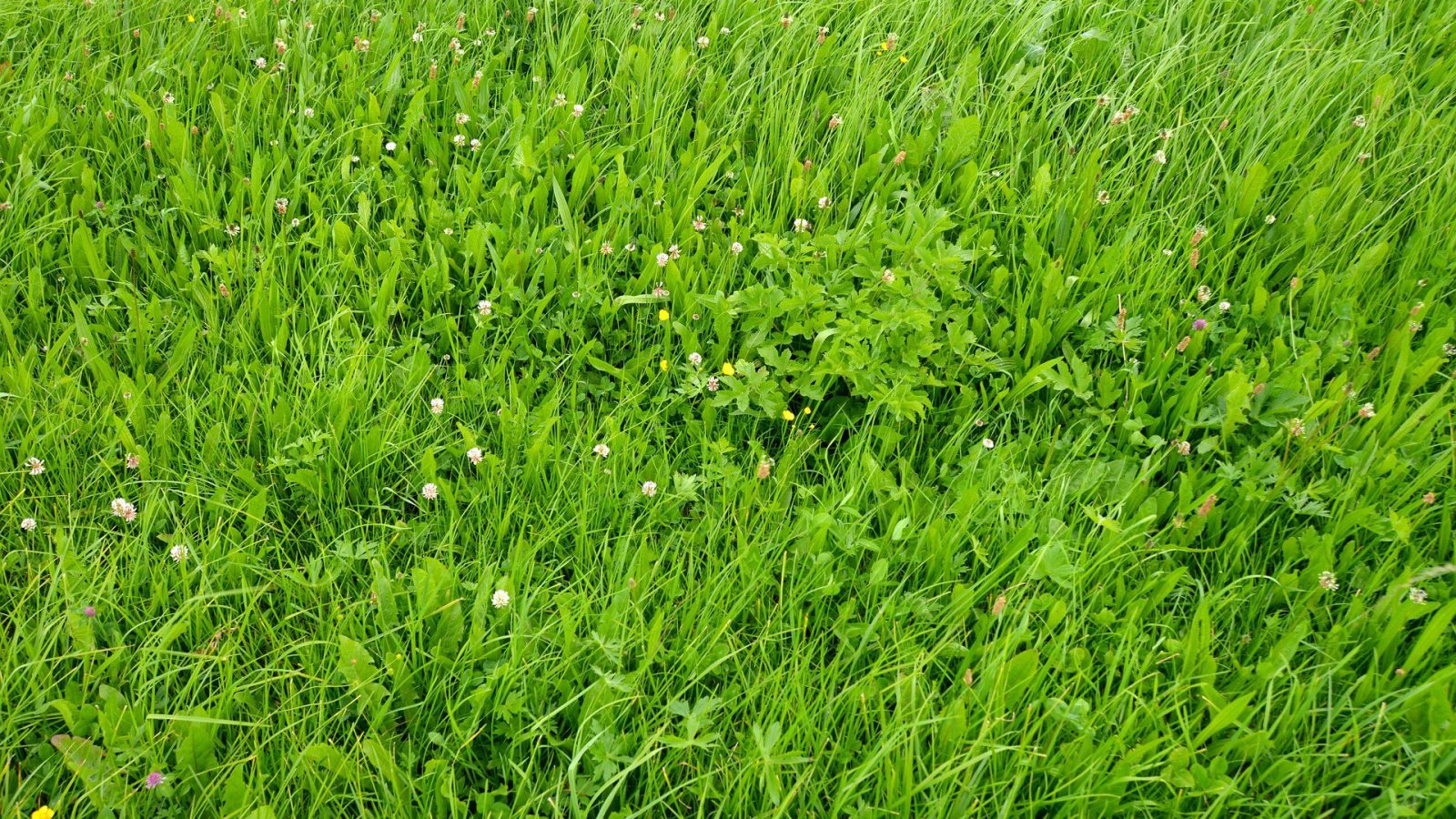Bijeenkomst: EGF2015 Auteur: Bussink D.W., Van Middelkoop J.C., Holshof G. and Van der Draai H. ISBN: 978-9090-289-61-8 Jaar van uitgifte: 2015 Producttype: Paper Optimal potassium (K) fertilisation stimulates grassland production. In 2011 and 2012 fertiliser trials on grassland were executed to update the 40-year-old recommendations. Farm field trials were executed on 24 locations on sand, …
Improved potassium fertiliser recommendation for grasslands in the NetherlandsRead More
